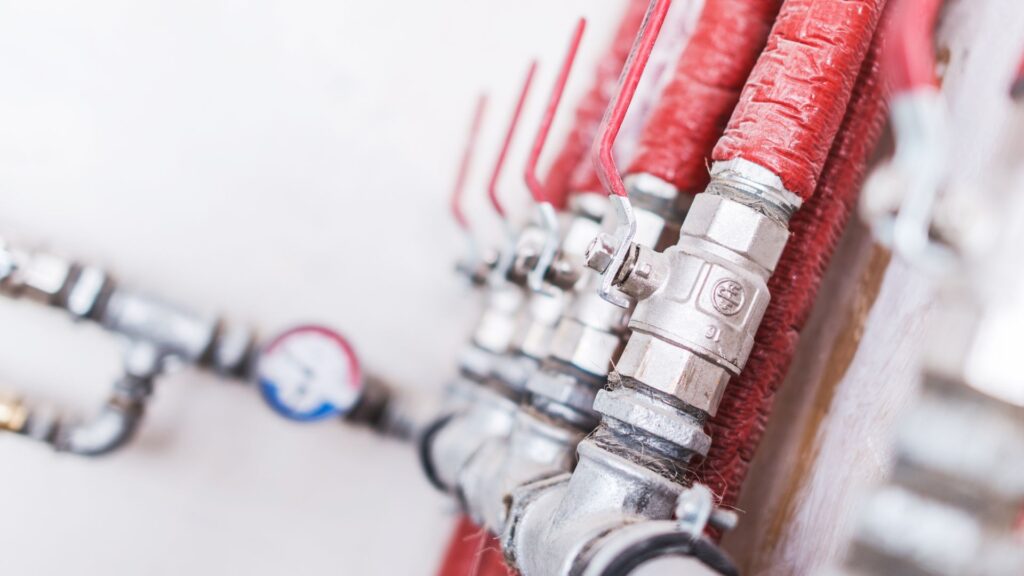Is Your Older Home’s Water Pressure a Drip? Find the Flow (and Fix It!)

Older homes, with their history and charm, sometimes come with quirks – and low water pressure is a common one. Before you resign yourself to weak showers and trickling faucets, consider these solutions to restore the flow in your vintage home.
1. Investigate the Source
Start by determining whether the problem is isolated to a single fixture or affects the entire house. If only one faucet or showerhead has low pressure, the issue is with that specific fixture. A clogged aerator or a buildup of mineral deposits is often the culprit. If low pressure plagues the whole house, the problem lies within the main water supply or plumbing system.
2. Check the Main Water Valve
Ensure the main water valve is fully open. It might seem obvious, but sometimes this valve is partially closed after plumbing work or due to accidental bumps. Locate the valve (often near the water meter) and turn it counterclockwise until it stops.
3. Inspect the Pressure Regulator
Many older homes have pressure regulators installed to control the incoming water pressure. Over time, these regulators fail or become clogged with debris, restricting water flow. A plumber check the regulator and replace it if necessary.
4. Address Galvanized Pipes
Older homes frequently feature galvanized steel pipes, which corrode internally over time. This corrosion reduces the pipe diameter, restricting water flow. Replacing these pipes with copper or PEX piping is a significant but effective solution.
5. Consider a Pressure Booster
If your home’s water pressure is consistently low due to factors like elevation or distance from the water main, a pressure booster offers a solution. This pump increases the incoming water pressure, providing stronger flow throughout the house.
6. Unclog the Pipes
Mineral deposits and debris accumulate in pipes over time, reducing water flow. A plumber perform a pipe cleaning or hydro-jetting to remove these obstructions and restore water pressure.
7. Upgrade the Water Meter
An outdated or undersized water meter restricts the amount of water entering your home. Contact your local water company to inquire about upgrading to a larger meter that meets your home’s needs.
8. Address Leaks
Even small leaks within your plumbing system contribute to low water pressure. Check for signs of leaks, such as dripping faucets, damp spots, or running toilets. Repairing these leaks improves water pressure and conserves water.
Restoring strong water pressure in your older home requires a bit of detective work and, sometimes, investment. By systematically investigating the potential causes and implementing the right solutions, you enjoy the modern convenience of strong water flow in your charming vintage home.

